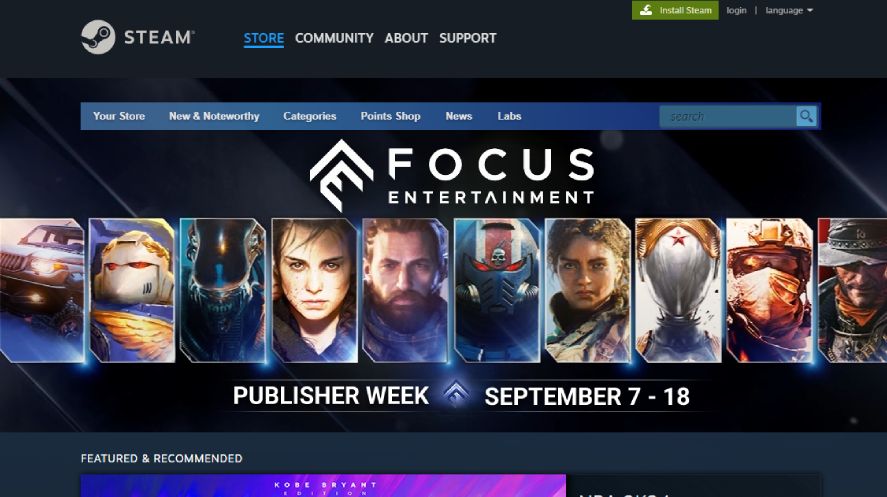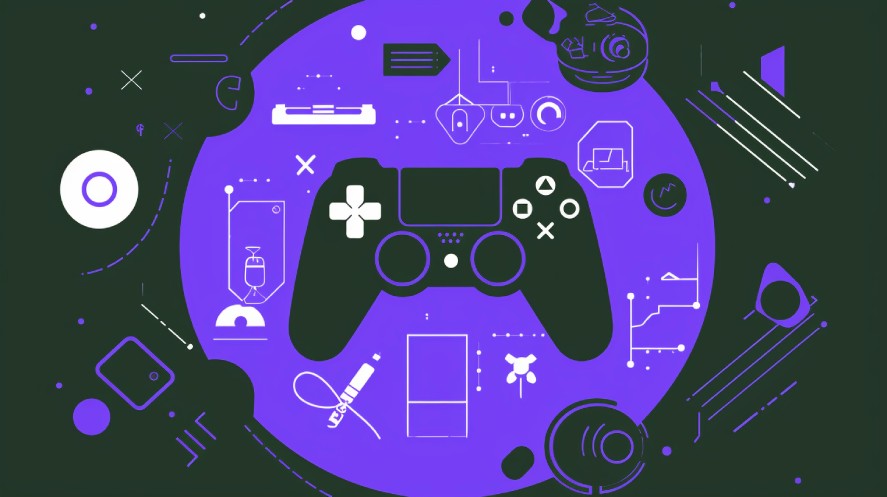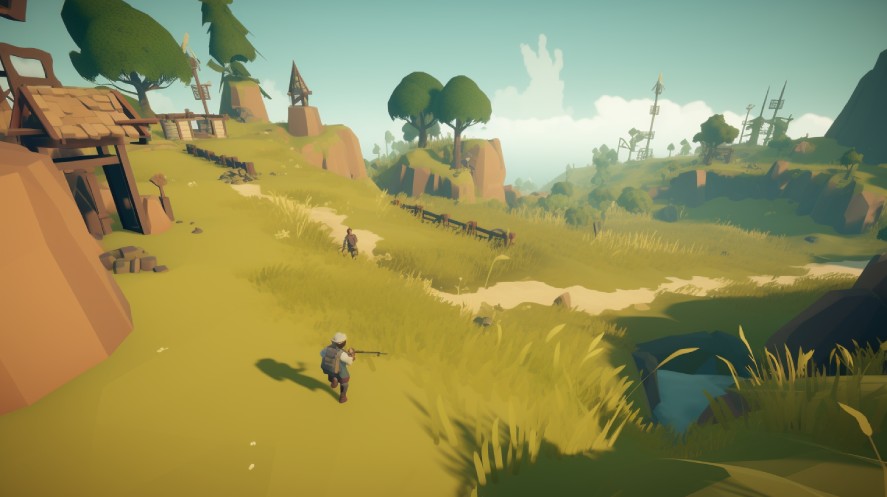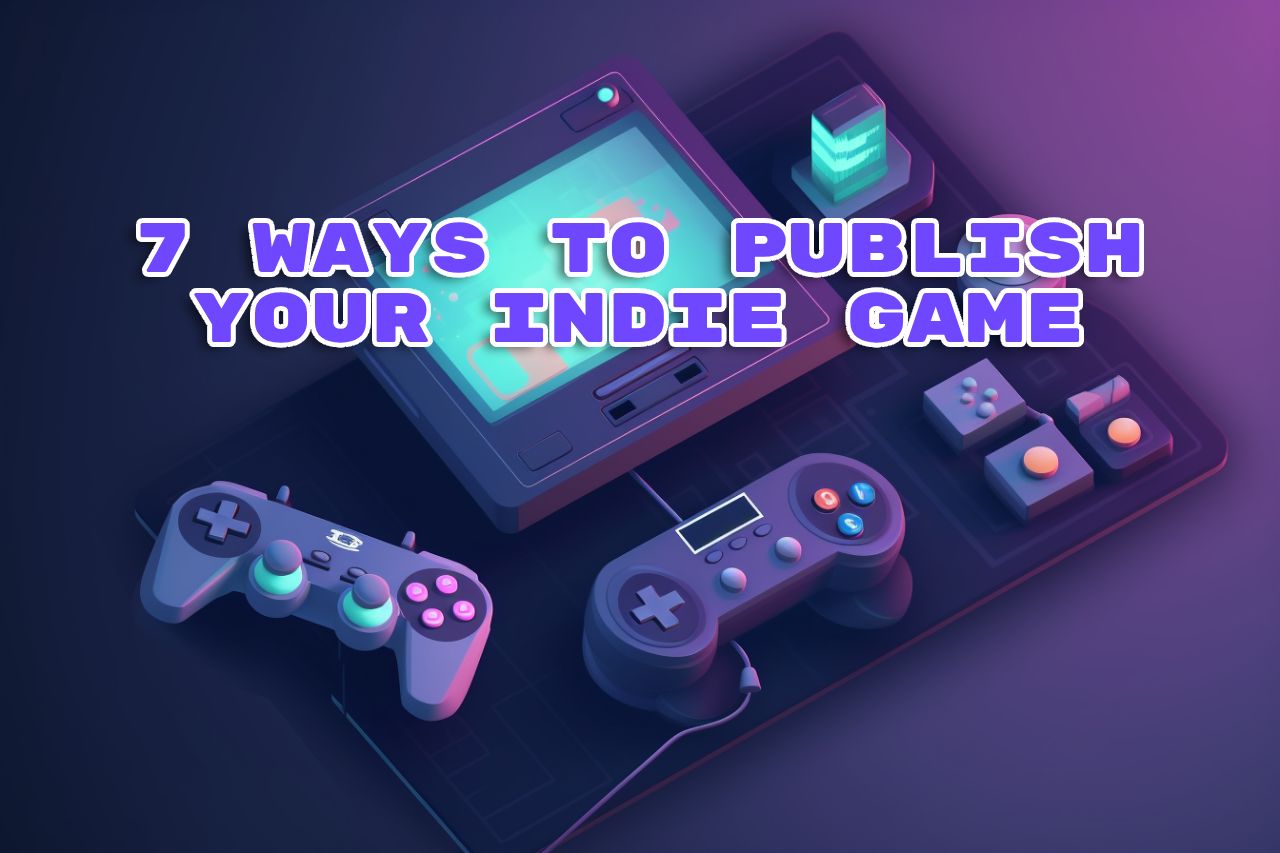An indie game (or an independent video game) is a video game crafted by small-scale creators or teams, typically without the backing of major financial or technological sponsors. These games often prioritize creative expression and innovative gameplay over mass-market appeal.
Thanks to creative liberty and innovation from developers, the indie game genre experiences potential developments. Yet, it is also challenging for developers in this niche to bear for intensifying competition in the other peers in the gaming industry.
Hence, they are under the requirements of effective publishing strategies, which provide a broader audience and commercial success.
This article will introduce seven ways to successfully publish your indie game, which are various valuable approaches for game developers in indie genres.
7 Ways to Publish Your Indie Game
To publish successful indie games, the following strategies effectively bring this game genre to the audience.
Check out this “Indie Game Publishers: How to Find the Perfect Fit for Your Game” post to find game publishers for your indie game!
1. Digital Distribution Platforms
Digital distribution platform offers a convenient and accessible way to discover and download the game with a click.

Many digital platforms, such as Epic Games Store, Steam, GOG, and itch.io, have removed the barriers of physical distribution, providing an easy way to connect with potential users:
- Linkage Global Audience: These digital platforms offer a vast user base on a global level. At this level, the audience base not only provides financial benefits but also easily enhances the title recognition of this game.
- Convenient Accessibility: With digital platforms, developers can provide games without physical distribution, agencies, or trading partners.
- Visibility: These distribution platforms are essential game hubs for enthusiastic audiences with significant sources of gaming software and applications. Thus, joining this community allows indie developers to connect with potential users.
- Built-in marketing tools: Each digital distribution platform offers unique built-in marketing tools for indie game publishers to promote and sell games. Indie video games will be more visible through assembled lists, promotional discounts, or social media integration.
Before launching, you should test the game to ensure it runs as intended, detecting any major problems, and an upgraded game version could be released when issues are fixed.
Then, you could submit the game by following the platform’s instructions. This process takes time to complete, typically for weeks or even months, yet waiting for a successful launching game is acceptable.
2. Crowdfunding Campaigns
There are two renowned fund-raising platforms, Kickstarter and Indiegogo, which are two categories of crowdfunding methods that indie game developers could apply.

These crowdfunding websites allow game producers to raise money effectively, testing indie game concepts and accumulating many followers.
- Kickstarter: Kickstarter is a fundraising site renowned for its unique project. It works on an all-or-nothing model, meaning creators could keep the money if they meet a financial target.
- Indiegogo: Compared to Kickstarter, Indiegogo is a flexible funding site that provides both an all-or-nothing model and an optional funding method. Developers can choose a milestone to receive funding even if the goal has not been fulfilled.
To build up a campaign, the publisher set a clear financial objective to complete the indie game. The intended use of this fund should be transparently disclosed, whether for marketing, development, or other expenditure.
After that, rewards with various levels would attract more players. Then, it could provide more opportunities to connect with participants and build excitement for the project when bringing the game on social media, gaming forums, or gaming websites.
It can be seen that crowdfunding not only offered securing financial support but also built a community of devoted fans. Sufficient financial resources from crowdfunding provide more assets to complete indie game development.
3. Social Media and Online Presence
Apart from the two mentioned strategies, social media allows you to publish your indie game effectively, creating a confident online presence.
Twitter, Facebook, Instagram, TikTok, etc., are social media platforms that help the product directly engage the vast netizen. Besides, developers could communicate with followers by responding to their questions and feedback.

Each mentioned social media platform has its specific benefit, for example:
- Twitter is an excellent way to connect with the gaming community and keep updated with the latest trends.
- Facebook gives detailed information about its users precisely.
- Instagram allows you to add visual elements with high-quality images and short videos to highlight trailers, progress projects, etc.
Understanding each platform and utilizing their strengths will create an efficient communication strategy for your indie game.
Check out this “10 Best Communities and Forums For Indie Game Developers” post to learn more about communities for indie game developers!
4. Game Conferences and Events
Joining game conferences and events is also an effective way to promote indie games.
At events and conferences, you can gather with other developers, influencers, and potential participants. Publishers could get more game exposure, raising game interest and awareness.

Furthermore, direct discussion with fellow developers provides valuable feedback, which helps you identify the existing problems to improve the game.
Networking through gaming conferences creates remarkable advice and potential partnerships.
Before coming up with these events, you should consider the following ideas for best preparation:
- Creating Eye-catching Booth Designs: Catching designs of banners, standees, pitch decks, and other media publications will grab more attention for your games. The initial impression from these designs is crucial as it shows your style and suggests your unique idea for the game.
- Preparing Demo Builds: Unfinished demo builds should be polished and major bugs-free. So it could show the distinctive features and concepts of the game.
Apart from getting valuable insights and knowledge, game conferences create potential chances for the game to be noticed by the press, influencers, and potential players.
5. Press and Media Outreach
Contacting gaming journalists, bloggers, and YouTubers could boost the game’s recognition and reputation among the gaming community.

Mainly, developers can get reviews, interviews, etc., on their platforms. Developers could also benefit from a broad base of followers of these influencers.
In the aspect of preparation for media outreach, you should notice the following recommendations:
- Compelling Press Kit: A comprehensive press kit typically includes images, videos, and brochures with key information and contact details. It is convenient for journalists to access and use these materials.
- Writing Engaging Press Releases: Preparing press releases suitable for specific media outlets will help you seize their attention and enhance coverage chances. Moreover, developers could consider bringing memorable impressions to audiences with eye-catching visuals and engaging storytelling elements.
- Building Relationships with Media Contacts: In addition to connecting with journalists and influencers, you can join their meetings and events to build a close relationship. In this aspect, reaching out to them with genuine interest is crucial.
Overall, positive media coverage could enormously enhance the visibility of indie games, reaching new players and increasing downloads or sales.
Thanks to the positive effect of media, you could also catch more attention from partners and investors, which is valuable for the indie game publishing process.
6. Early Access and Beta Testing
Early access means releasing the game with unfinished versions, allowing players feedback and comments on your games during game development.
Thus, players have a sense of involvement and ownership, while publishers can detect bugs and solve problems before the official release.

On the other hand, early access also allows developers to generate income, which is crucial for independent developers and teams, financing the process of publishing indie games.
Developers could invite eager players to experience the game before its official release. After getting involved in this game, they could access and play games independently, providing comments based on their experience.
The feedback could be collected through surveys, forums, or any convenient forms for players. The mentioned procedures could take time to identify bugs. Yet the improvement could make a polished end product for release.
7. Self-Publishing vs. Publisher Partnership
Developers could choose to publish under self-publishing or partner with a game publisher; each method has specific pros and cons:
Self-Publishing
Indie game developers will have complete control over their games, whether in promotion strategies, publishing platforms, funding campaigns, etc.
Yet, it also demands a substantial financial source and more responsibility. Sometimes, it could lead to an overwhelming workload for the team or individual.
Partnering with a Game Publisher
A well-established publisher offers better financial resources to fund the process.
Besides, partners with rich experiences in the gaming industry could share their vast network and provide more robust marketing support.

However, in this case, developers have to carefully consider the terms of the partnership, ensuring that they have sufficient control and share enough benefits.
You could choose the suitable method to launch your game based on the game’s scope and goals. If your team cannot handle various aspects of publishing, collaborating with publishing partners is favorable. However, before choosing a partner, you need to assess their support in terms of expertise, funds, and marketing opportunities to help you achieve your game’s objectiveness.
When opting for a partnership with a game publisher, tools like GamePublisher.com can be a tremendous asset. This platform excels in matching indie developers with publishers that align with their game’s vision and objectives.
By leveraging GamePublisher.com, developers gain exposure to a curated list of publishers who are already interested in indie games. This can significantly streamline the process of finding a suitable publisher, ensuring that indie developers receive the support, resources, and market expertise necessary to elevate their game to the next level.
Conclusion
In conclusion, we’ve introduced the 7 ways to successfully publish your indie game.
Each method has its specific characteristics, so developers should consider whether to partner with a publisher or stay with creative freedom.
Indie games earning potential remains unknown, so tailoring your publishing strategy is vital to highlight your game’s unique characteristics. Additionally, a combination of strategies is suggested to prioritize the game’s potential reach and success.

